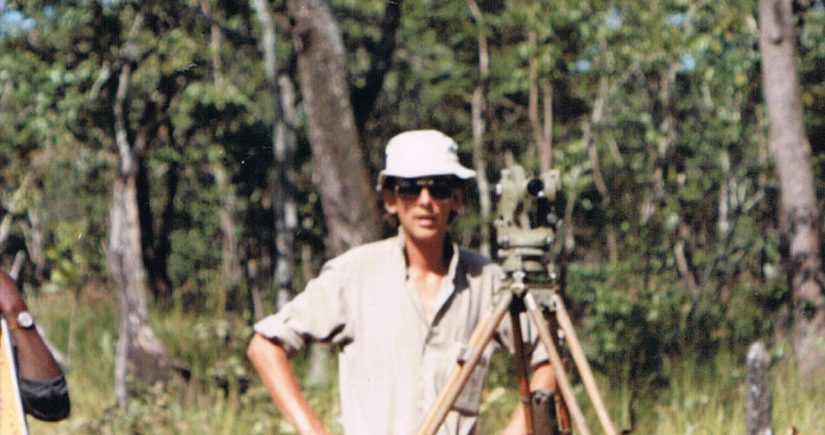By Mark Harvey
Reflections on infrastructure and the changing international development landscape – Introduction
I recently joined the Board of Trustees of Engineers Against Poverty (EAP) after many years of working for the UK’s Department for International Development (DFID), more recently the Foreign, Commonwealth and Development Office (FCDO) and before that for the Overseas Development Administration (ODA). This was around the time that I was retiring from FCDO and thinking about what I might do next. In talking with Petter Matthews about how to support EAP as a trustee, he suggested I write a blog series. I hope readers will realise that there was an inevitable back and forth over why, who for, what about, who would be interested, etc. I am not a self-promoter, although friends and colleagues might have a view, so I definitely need to focus on what I hope will be useful for readers and not on my life story.
To help set the scene, I recently became a Fellow of the Institution of Civil Engineers and in doing so confirmed that what has driven me and interested me throughout many years has been learning and professional development (I recall a fantastic paper on this by Andy Cotton at WEDC and Pete Kolsky at LSHTM). How to avoid mistakes, learn from them when you make them and help others avoid those pitfalls as well as learn from what works, what might work and what to try. That was the essence of how DFID worked in particular in its Research and Evidence Department and the role of the Heads of Profession (HoPs) in the group where I was privileged to work for a number of years.
Being the HoP for the Infrastructure & Urban cadre of advisers was only possible because of the brilliant fellow advisers and colleagues across the organisation, past and present. (The ‘life story’ part would not have been possible without the support of my family).
Petter and I decided to structure a blog around sector developments, stages and reforms with an attempt at looking ahead. Looking back of course some of the lessons have only emerged with time. This is the first of three blogs that will be posted between now, following our recent November board meeting of the EAP trustees, and the end of the year.
Here goes.
1980s and 1990s: From engineering to infrastructure?
I missed the water decade, well almost – International Drinking Water Supply and Sanitation Decade – while I gained ‘traditional’ engineering experience of design and construction.
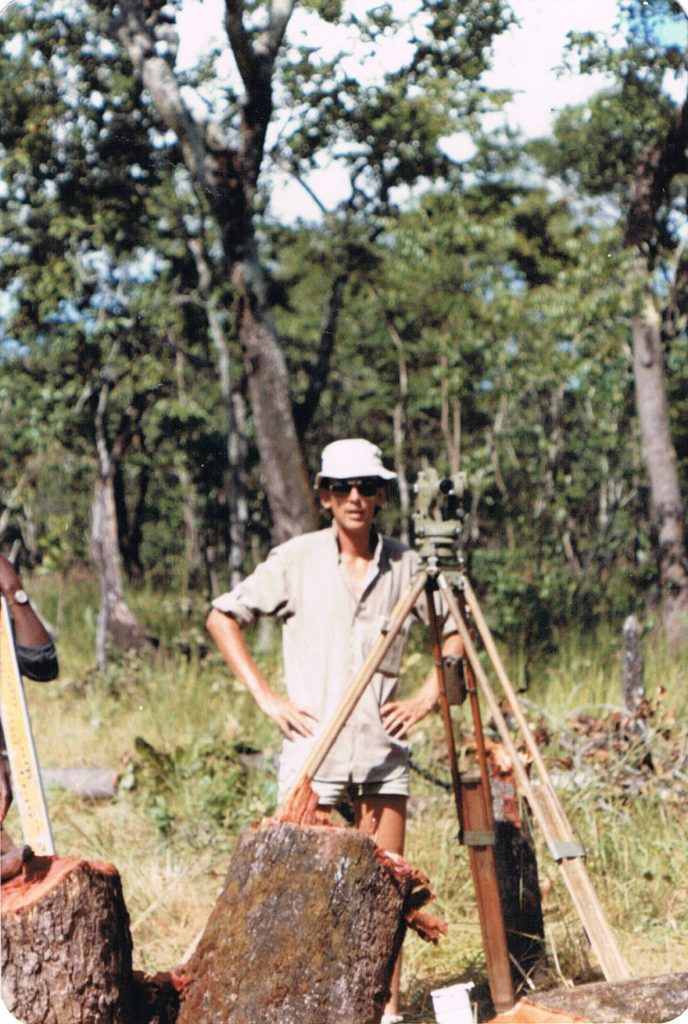
I graduated from the University of Leeds in 1980 with a BSc in Civil Engineering, joined a consulting engineering firm with a strong track record of projects mostly in Africa and was able to gain some field experience carrying out a site investigation for an irrigation project in Zambia. Yes – that is a theodolite on a tripod; Zambia, 1983.
I spent most of this decade on site, in a design office, and becoming a chartered engineer while working in the UAE supervising a water supply system construction.
My lesson was to realise and recognise the area of work on which I wanted to focus was WASH (Water, Sanitation and Hygiene sector). WaterAid was set up in 1981, REDR in 1980, and although I did not work for them I was influenced by what they did. By the end of that period I was embarking on a MSc at WEDC, Loughborough University. If there was a key sector development at that time, I would pick out the recognition that the ‘soft’ aspects were as essential, if not more so than the ‘harder’ engineering. It seems somewhat strange to write this now, as the case is well established (and actually it was then) and not just in the WASH sector. But, as I discovered with my first post-MSc role, the approach still needed to be put into practice.
I worked in Maharashtra, India on a rural water supply and sanitation project supported by the UK’s ODA, covering over 200 villages in three districts. Putting recognised sector approaches and policy guidance on soft aspects such as hygiene promotion and community participation into practice was a challenge as the project was led by the state water supply and sewerage board which was an organisation predominantly led by engineers with an understandable engineering bias – progress being made on water supply engineering meant that other aspects had to catch up, somewhat undermining community development. That said, it was also evident that the water supply engineering was itself trying to catch up in a race for water resources – the water table was declining because of over-pumping of groundwater for sugar cane production, those pumps powered by subsidised electricity, traditional hand dug wells and hand pumps were running dry, a more engineered solution of piped water supply was being demanded, expected and, so, introduced.
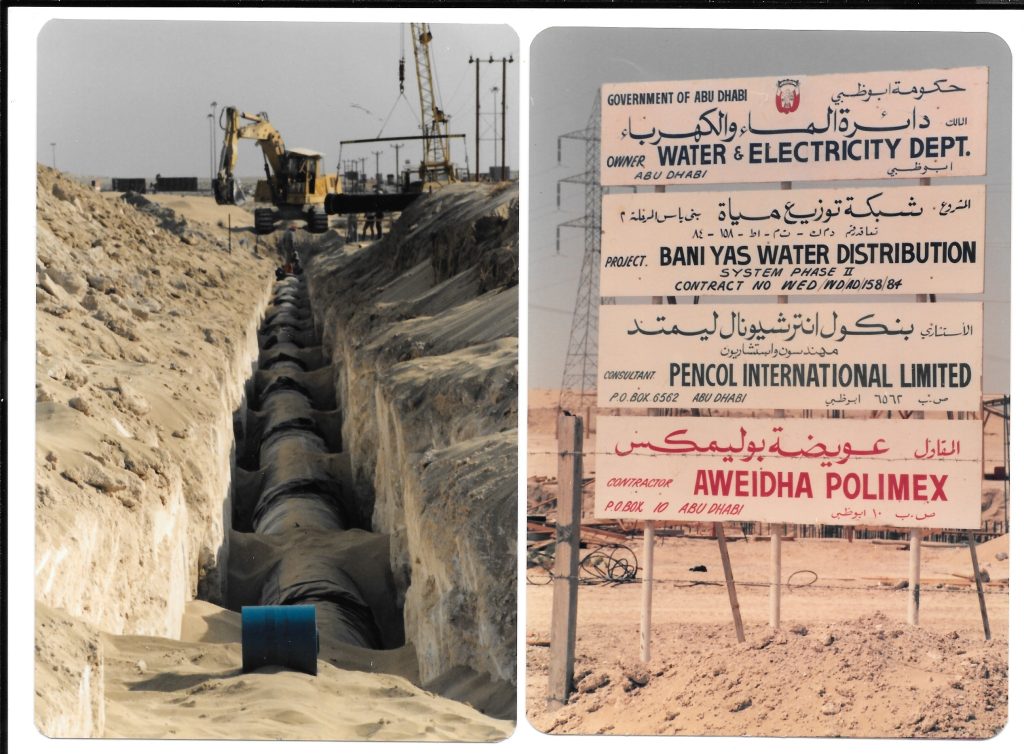
This revealed how any one project can be addressing a symptom not a cause, how political economy needs to be understood and how wider systems thinking is relevant (although I perhaps did not recognise this at the time or have the words for it).I moved on to an urban context in Lucknow. Similar issues to rural Maharashtra arose – engineering-led approaches were being proposed by engineering-led departments, institutional matters constrained development of consensus on a way forward and the complexity and inter-dependency of urban systems was apparent – transport assets being maintained through solid waste management services, but unfortunately being inappropriately disposed of into open drains, causing blockages and surface flooding into housing and ultimately polluting the Gomti river tributary of the Ganga.
But soon we were in the 1990s and three significant events occurred.
First, the new Labour government of 1997 created the separate department of DFID with a strong focus on poverty reduction as well as learning from the Pergau Dam experience. This influenced how we approached projects such as the river pollution control project in urban Lucknow. A stronger poverty focus was expected. There were times when one had to play down engineering aspects of interventions even while they would be taking the majority of project finances. (A new book by Sir Mark Lowcock and Ranil Dissanayake called The Rise and Fall of the Department for International Development is well worth a read).
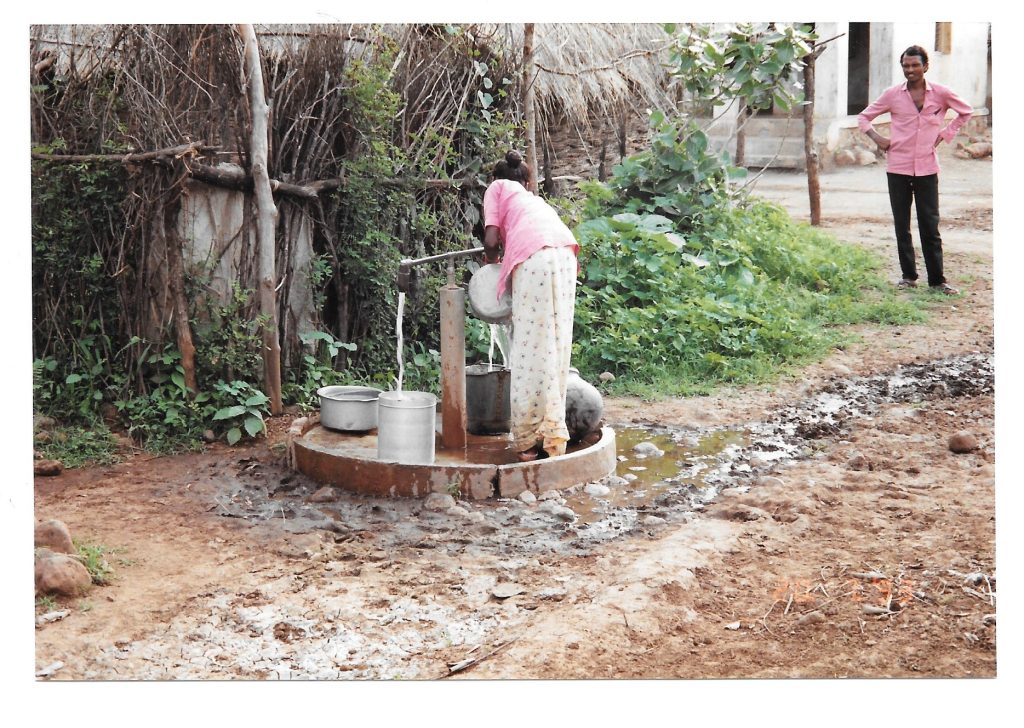
Secondly, the World Bank’s 1994 World Development Report (WDR) focused on Infrastructure for Development, identifying the (perpetual?) expectation of and need for more investment. The report identified a basic cause of poor past performance as inadequate institutional incentives for improving the provision of infrastructure; that to promote more efficient and responsive service delivery, incentives need to be changed through commercial management, competition, and user involvement. The role of government shifted from direct provision of services to increasing private sector provision and experience in many countries with public-private partnerships was highlighting new ways to increase efficiency and expand services. Increased concern about social and environmental sustainability heightened public interest in infrastructure design and performance. These observations greatly influenced how the new DFID began to think about infrastructure – institutions were key – and we supported the launch of the Private Infrastructure Development Group in 2002.
And, thirdly, at the end of the decade the Millennium Development Goals (MDGs) became our pole star. DFID’s infrastructure group supported a number of pieces of research on the links between infrastructure and poverty reduction such as the importance of transport services in reducing maternal mortality in Nepal.
I moved from India to Southern Africa and was involved directly in aspects of Private Sector Participation (PSP) in water and sanitation. In South Africa DFID was supporting the post-apartheid government on water sector reform – both services and resources. And in neighbouring Lesotho and Eswatini DFID supported twinning projects which were in favour at the time* (Wessex Water with the Lesotho Water and Sewerage Authority, Northumbrian Water with the Swaziland Water and Sewerage Corporation) (*Severn Trent Water were working with the then Madras Water). I felt these twinning arrangements were quite effective and perhaps more so than technical assistance provided by consulting firms – the water companies knew their business. Of course, that is not an easy thing to write now with concerns over river water quality in the UK.
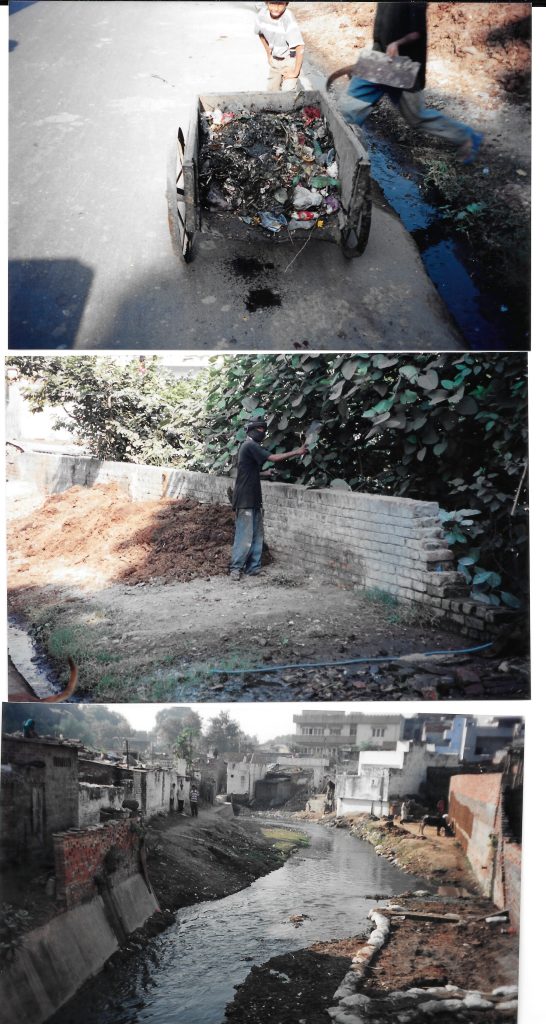
In South Africa two key lessons arose for me. The first was in supporting the design and implementation of the Build Operate Train and Transfer (BOTT) contracts for water and sanitation – and that is what they did. It strikes me that as we grapple with adaptation and resilience for infrastructure perhaps clearly stating what we want in the contract title will go some way to reaching our goals – is that too simplistic? The second is about localisation and ownership. In 2002 the then Minister for Water Affairs and Forestry proposed a new policy of ‘free basic water’. This went against conventional wisdom at the time (and since), the donors and multilateral development banks were not in favour, expecting at least a minimum charge for water supply. They argued against the policy. The European Commission, about to be a large investor to the BOTT contracts were against it. Eventually, the international community had to accept that the South African government had to own their own policy and make it work. Turning policy into practice with pragmatism.
Around this time, I now realise, I began to contribute to learning and professional development. Some of you may remember WELL – ‘Water and Environment at London and Loughborough’. This was a research and capacity building technical assistance arrangement funded by DFID bringing together WEDC and the London School of Hygiene and Tropical Medicine (LSHTM). We worked with the teams to produce the 1999 DFID guidance manual on water supply and sanitation programmes which I understand was very well received.
I also became aware, though not immediately, of the issue of corruption in infrastructure when serious concerns emerged about the chief executive of the Lesotho Highlands Water Project. It was not long after that the Construction Sector Transparency Initiative (CoST) was to be launched, hosted by EAP.
My next instalment will be in two weeks’ time.
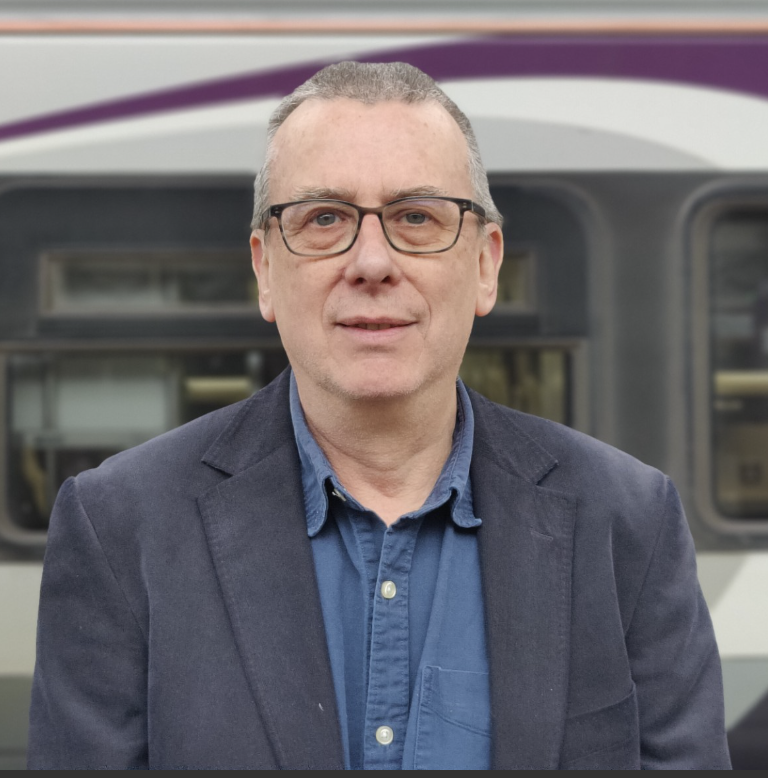
Mark Harvey is a Trustee at EAP and a Chartered Civil Engineer with forty years of professional experience in international infrastructure development with a focus on low-income countries and fragile and conflict affected situations. Most recently, ten years of professional leadership in infrastructure for international development for the UK’s DFID and FCDO. He has worked on UK government development programmes in India, Southern Africa, Nepal, Ethiopia, Afghanistan and Vietnam including secondments to partner governments. He has a BSc in Civil Engineering, MSc in Water and Waste Engineering for Developing Countries and is a Fellow of the Institution of Civil Engineers as well as a Member of the Chartered Institution of Water and Environmental Management. He was awarded an OBE in 2011 for public service. He is married, has two boys in their twenties and is fortunate to live in the Yorkshire Dales National Park.
